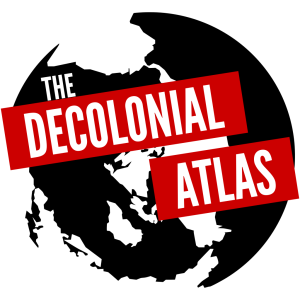
Building off our earlier maps of global wealth inequality, we thought it would be interesting to explore the outcomes of two different wealth redistribution schemes. Above, the map shows an intra-national redistribution of wealth in which typical residents (those of median wealth) of the most unequal countries (such as Russia, Ukraine, U.S., Germany, and Sweden) stand to benefit the most. The lower map, showing an international redistribution of wealth, illustrates how much wealth is concentrated in a few rich countries.
Globally, the mean wealth per adult in 2019 was $70,850 USD, while the median wealth was just $7,087. If a country’s median wealth is below $70,850, its average residents stand to gain from a global redistribution of wealth. Just a handful of rich countries would actually see their wealth decline. Notably absent from that list is the United States (median wealth: $65,904, mean wealth: $432,365), where the gap between rich and poor is so extreme that the typical American would be 10% wealthier from a global redistribution of wealth.
Source: Credit Suisse Global Wealth Databook

The wealth of the world
The wealth of EU countries by 2050 will fall below 10%, nowadays it is 16%.
LikeLike
What a stupid map. Who runs this blog? Is it supposed to be parody?
LikeLike
The second map seems to make little sense: how a wealthy and well-off country like Germany, or oil-rich Norway as well, would gain average wealth if globally flattened and a quite poor backwater like Spain would lose it. The average salary in Spain is already much less than in Germany (even if living costs are quite comparable).
LikeLiked by 1 person
Yeah it seems dumb. Poor data usage and virtue signaling
LikeLiked by 1 person
That the thing. the number is comparing the median income to the average income. the median is the number at which the population is split in half with half earning more and half earning less and the average is the total income divided by the population.
The median is often more representative of the more common citizen since the average can be heavily biased by scewed income distribution.
What the bottom map shows is the median salary in germany is lower than that of spain even though the average is a lot higher and is a less equal country which is what the top map show and makes sences since east germany hasn’t recovered yet from soviet occupation although the degree is surprising.
LikeLike
Median and average are almost the same. So nope.
LikeLike
No they are not.
The average is the sum of all elements divided by number of elements.
The median is the element value such that, if ordered, spites the group in two distinct group.
For example take 9 number: 1 1 1 1 1 2 4 8 16. the average is 3.89 the median is 1, very different numbers.
You expect the median and the average to be close in a normal distribution, but income doesn’t follow a normal distribution, it actually fairly close to the distribution I used as an example.
The average gets skwed but by small number of very high numbers. As a concequence the median is a better representation of the population.
LikeLiked by 1 person